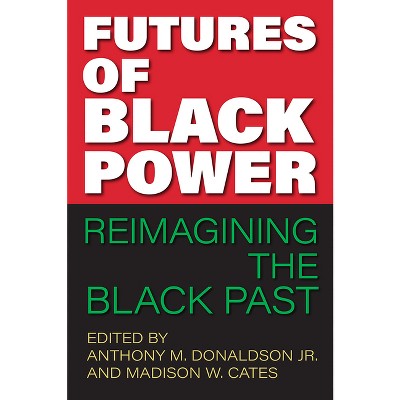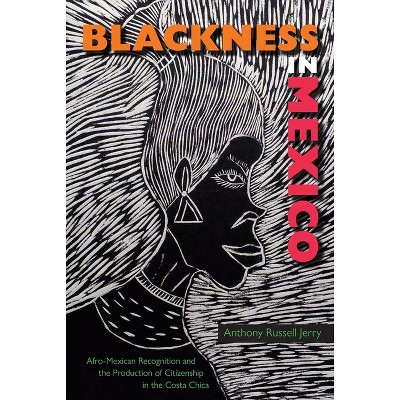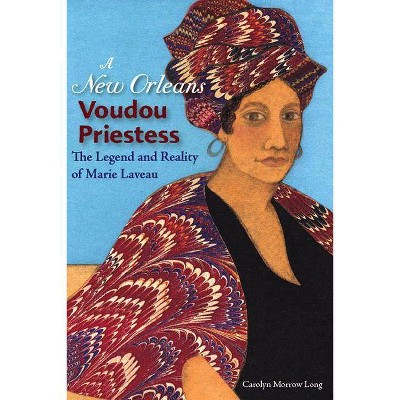Sponsored

Picturing Black New Orleans - by Arthé A Anthony (Paperback)
In Stock
Sponsored
About this item
Highlights
- The visual legacy of Florestine Perrault Collins, who documented African American life in New Orleans Florestine Perrault Collins (1895-1988) lived a fascinating and singular life.
- Author(s): Arthé A Anthony
- 128 Pages
- History, United States
Description
About the Book
This book illuminatesthe fascinating story and visual legacy of Florestine Perrault Collins, who
documented African American life in New Orleans between 1920 and 1949.
Book Synopsis
The visual legacy of Florestine Perrault Collins, who documented African American life in New Orleans
Florestine Perrault Collins (1895-1988) lived a fascinating and singular life. She came from a Creole family that had known privileges before the Civil War, privileges that largely disappeared in the Jim Crow South. She learned photographic techniques while passing for white. She opened her first studio in her home, and later moved her business to New Orleans's Black business district. Fiercely independent, she ignored convention by moving out of her parents' house before marriage and, later, by divorcing her first husband.
Between 1920 and 1949, Collins documented African American life, capturing images of graduations, communions, and recitals, and allowing her subjects to help craft their images. She supported herself and her family throughout the Great Depression and in the process created an enduring pictorial record of her particular time and place. Collins left behind a visual legacy that taps into the social and cultural history of New Orleans and the South.
It is this legacy that Arthé Anthony, Collins's great-niece, explores in Picturing Black New Orleans. Anthony blends Collins's story with those of the individuals she photographed, documenting the profound changes in the lives of Louisiana Creoles and African Americans. Balancing art, social theory, and history and drawing from family records, oral histories, and photographs rescued from New Orleans in the wake of Hurricane Katrina, Anthony gives us a rich look at the cultural landscape of New Orleans nearly a century ago.
Publication of the paperback edition made possible by a Sustaining the Humanities through the American Rescue Plan grant from the National Endowment for the Humanities.
Review Quotes
"Fascinating."--LA
Weekly "[An]
alluring book."--New Orleans Magazine "Anthony
delivers a warm and detailed portrait of Collins and some facets of New
Orleans' rich and richly complicated culture in the early 20th century."--Gambit "Readers will appreciate amusing and emotional
anecdotes while also gaining a strong sense of what New Orleans was like in
those 20th-century decades for Creoles and others of African heritage."--Library
Journal











